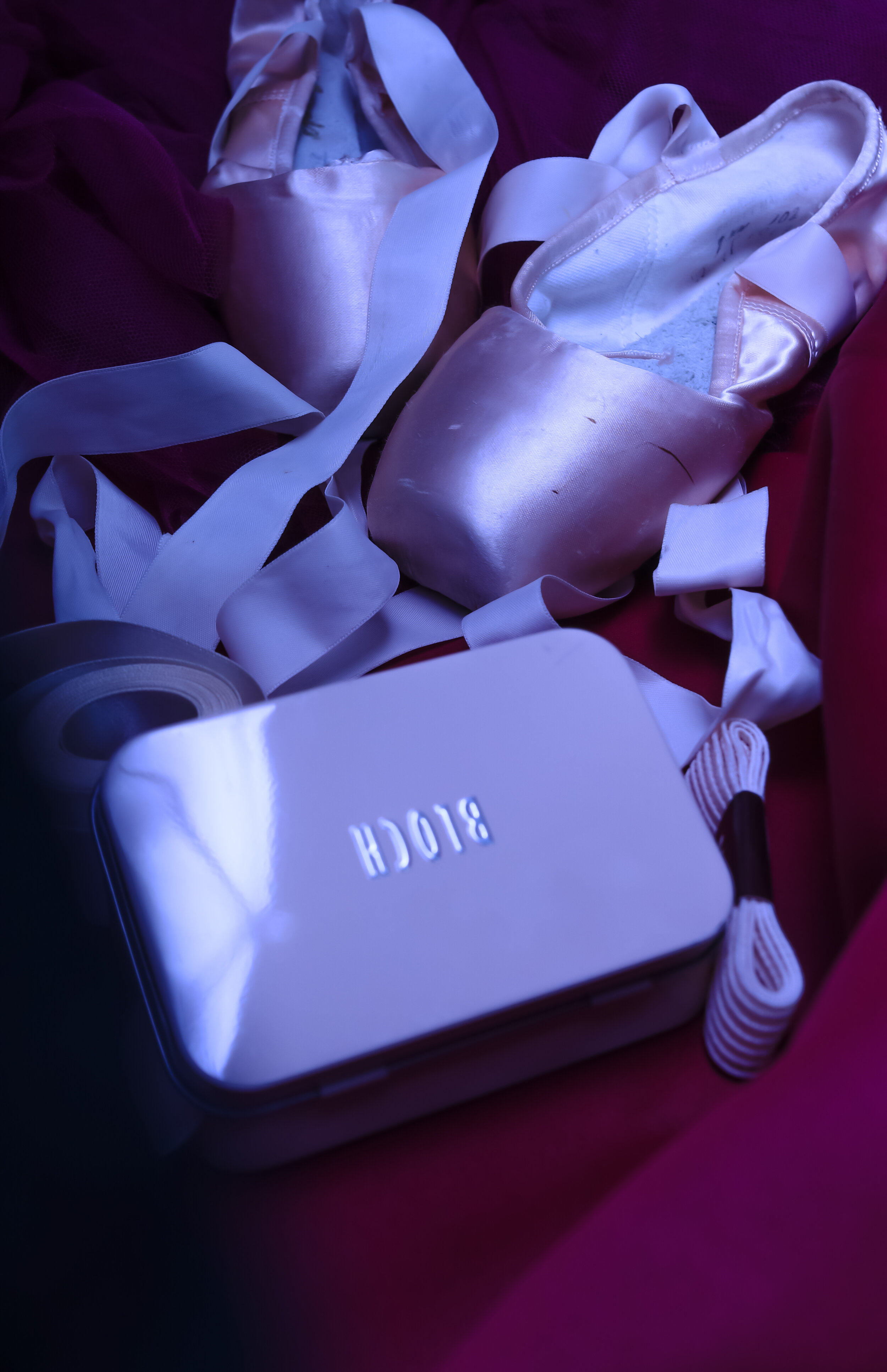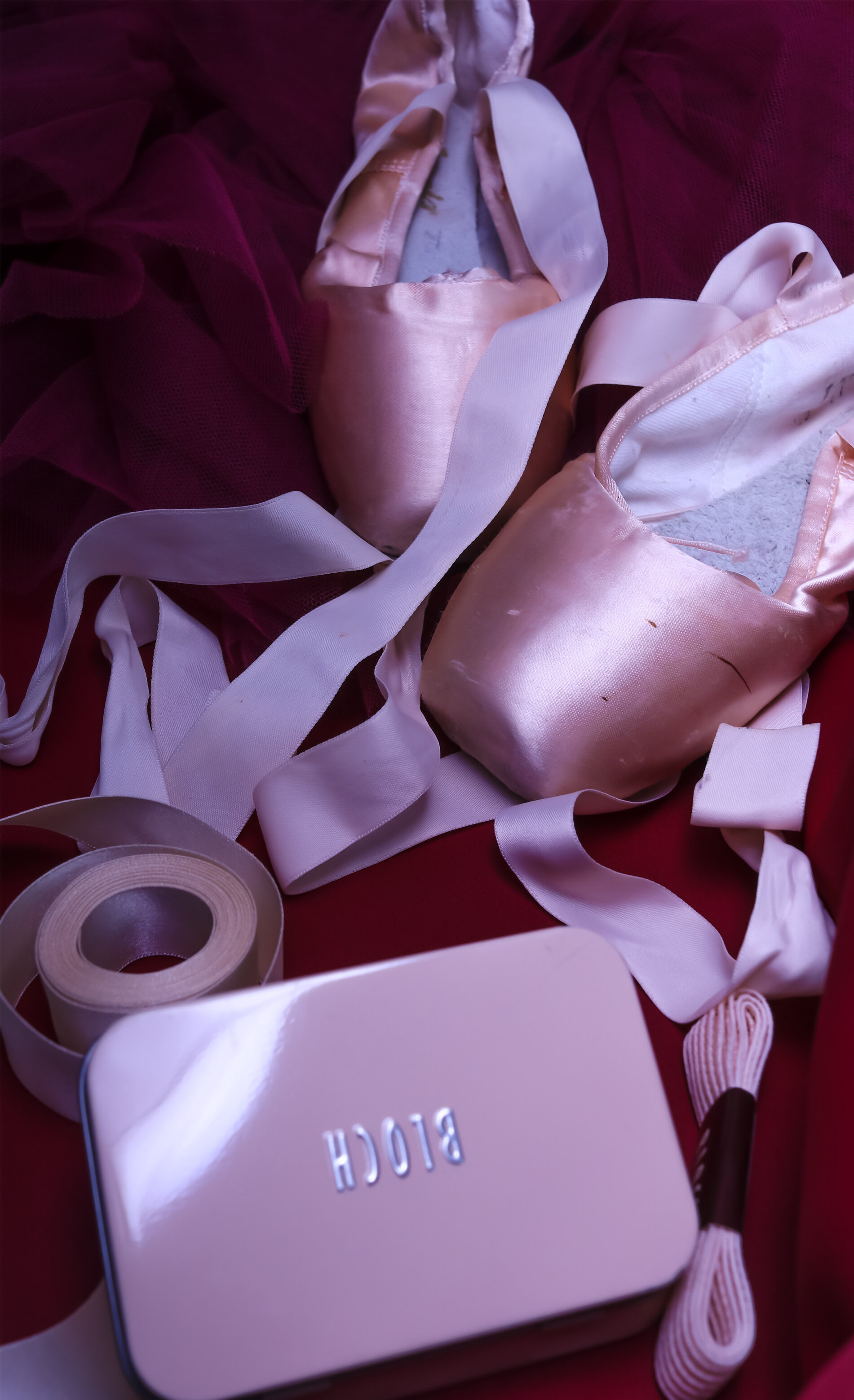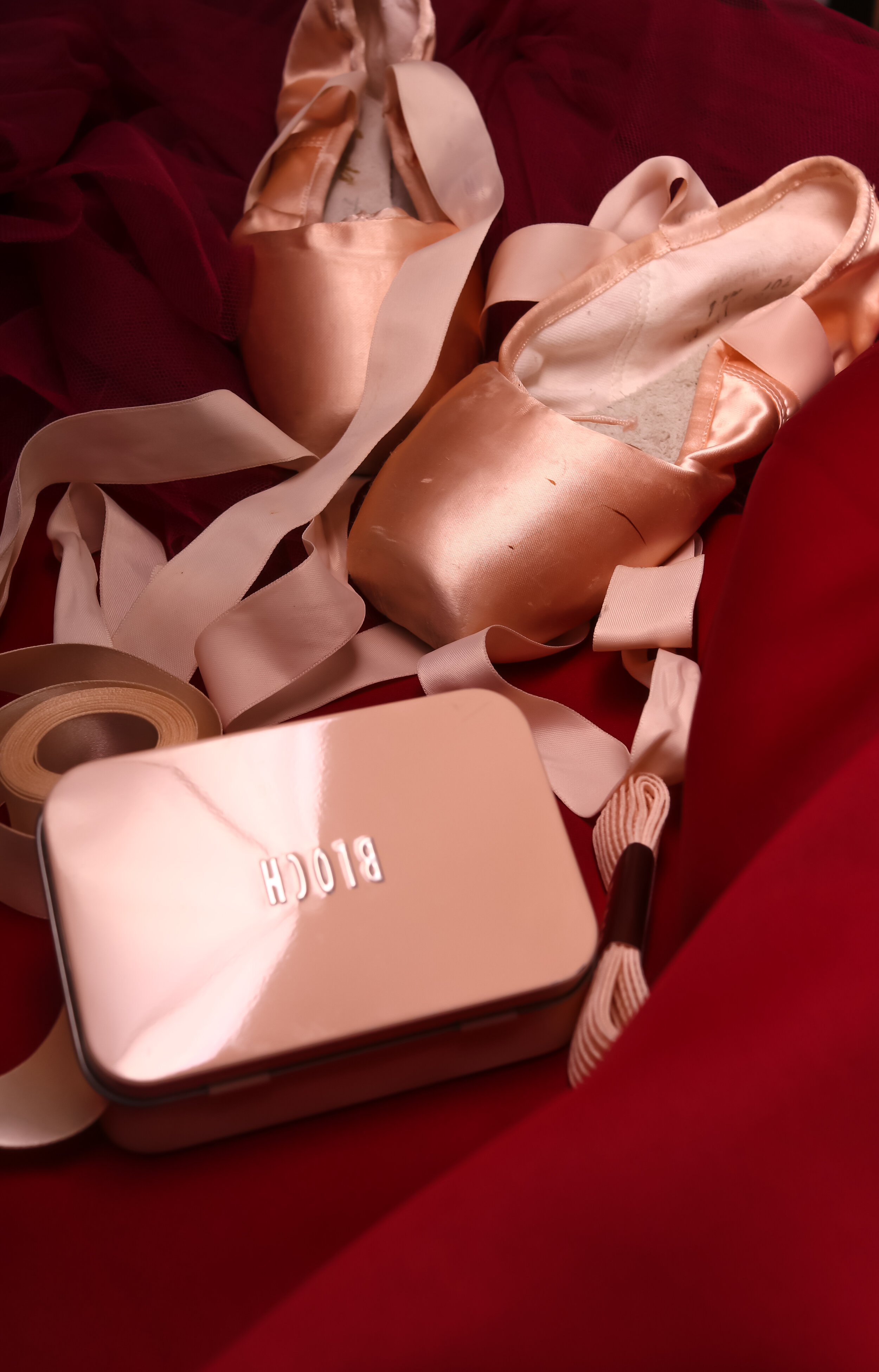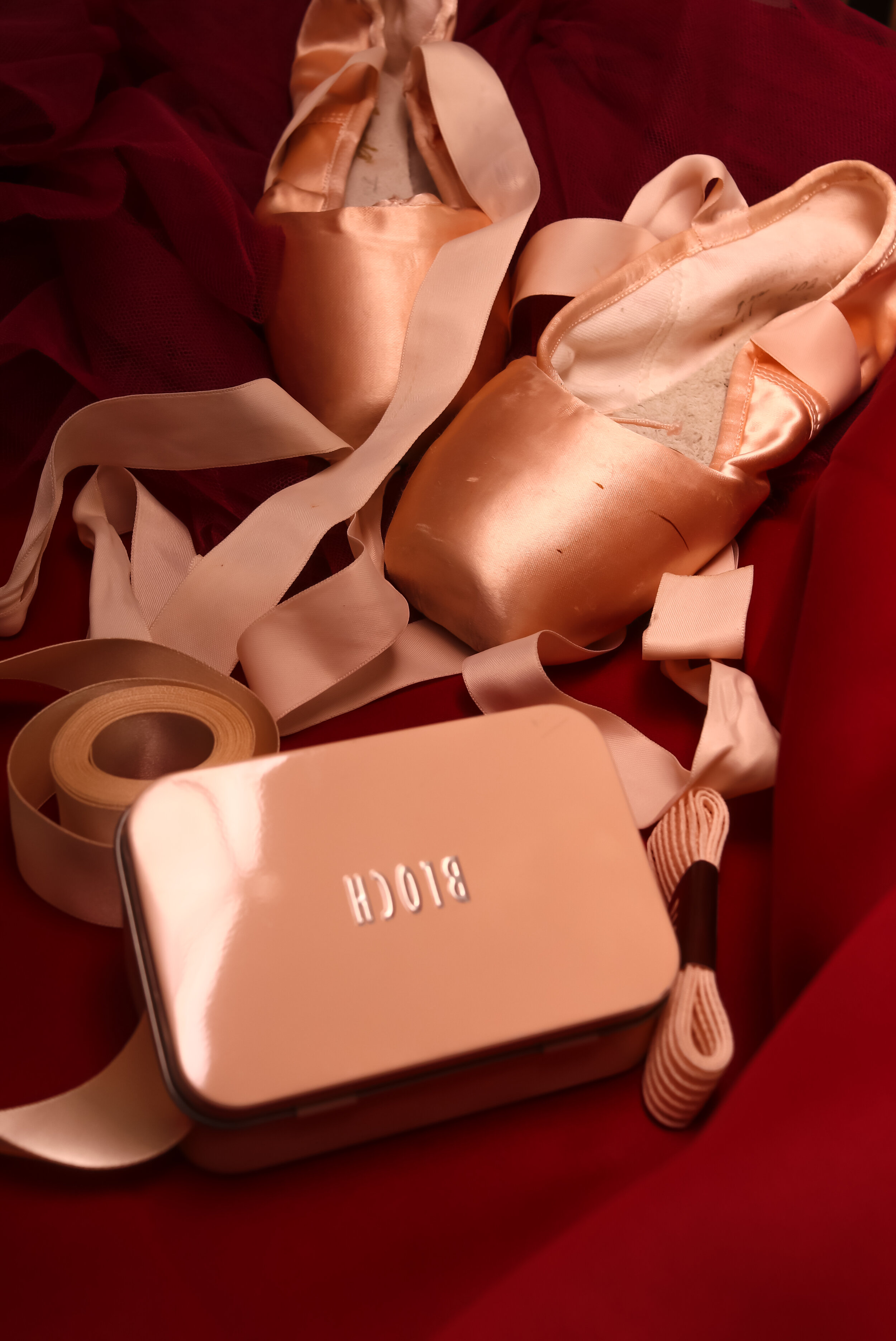Who is Kelvin?
Being a self-taught photographer means constantly experimenting and finding new ways to understand my camera. It wasn’t really until London fashion week that I ever really thought about the Kelvin function. In the photographer pit the producer or member of the Designer PR team would come up to us all, giving us various settings to best capture the catwalk. I would overhear the other photographers talk about adjusting the kelvin to combat the green tinge or to add more warmth and I was sitting there like, who is kelvin?
Kelvin is essentially the unit of measurement for colour temperature and white balance. You may probably be used to utilising shade (7500k), tungsten (3200k) and daylight (5200k) for me I use flash the most. Within the Canon 80d settings it comes last, directly after flash and custom. Kelvin allows more of a warmer or colder ambience in camera and can properly tone an image, in response to various light sources.
Above are direct examples, shot with one strobe light going up and down the Kelvin scale ( only cropped) so you can get a sense of the difference a colour temperature makes. The first image was set to 2500k, it looks cold and blue as my light source was a much warmer strobe. Moving up the scale gets warmer until the fourth image. which was set to 9700k. Whether you want to create an atmosphere or remain true to colour, having a play directly in the Kelvin settings makes for some cool results. The general rule of thumb according to Mastin Labs and how they have helped me to understand
For a neutral colour, set K to the colour of the light
For a warmer colour, set K higher than the colour of the light
For a cooler colour, set K lower than the colour of your light source.






